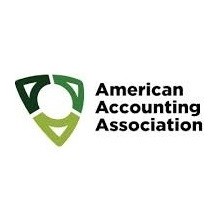
مقایسه و هزینه سرمایه سهام
Introduction
We investigate the association between comparability and cost of equity capital. Our study is motivated by the Financial Accounting Standards Board’s (FASB’s) Concept Statement No. 8 Qualitative Characteristics of Useful Financial Information, which defines comparability as, “the qualitative characteristic that enables users to identify and understand similarities in, and differences among, financial statement items. Unlike the other qualitative characteristics, comparability does not relate to a single item. A comparison requires at least two items” (FASB 2010, Con. 8: QC21). The FASB’s position complements past academic research suggesting that improvements in accounting quality, such as comparability, decrease investor information risk by improving estimates of future firm cash flows, leading to a lower cost of capital (e.g., Feltham and Xie 1994; Holmstrom 1979).
The FASB in Concept Statement 8 considers comparability distinct from attributes of accounting information involving data from only one firm, such as relevance and faithful representation. We label such attributes ‘within-firm’ accounting quality and argue that comparability is distinct from within-firm accounting quality because it requires ‘between-firm’ comparisons of financial statement items.1 Past research provides evidence of a significant negative association between within-firm accounting quality and cost of equity (e.g., Francis, LaFond, Olsson and Schipper 2004). For this reason, we control for within-firm accounting quality when assessing the relation between comparability and cost of equity capital. To our knowledge, our study is the first to provide evidence of the cost of capital benefits of comparability as being separate from within-firm accounting quality, thus providing support for the FASB’s position justifying comparability as a separate element of the its conceptual framework.
